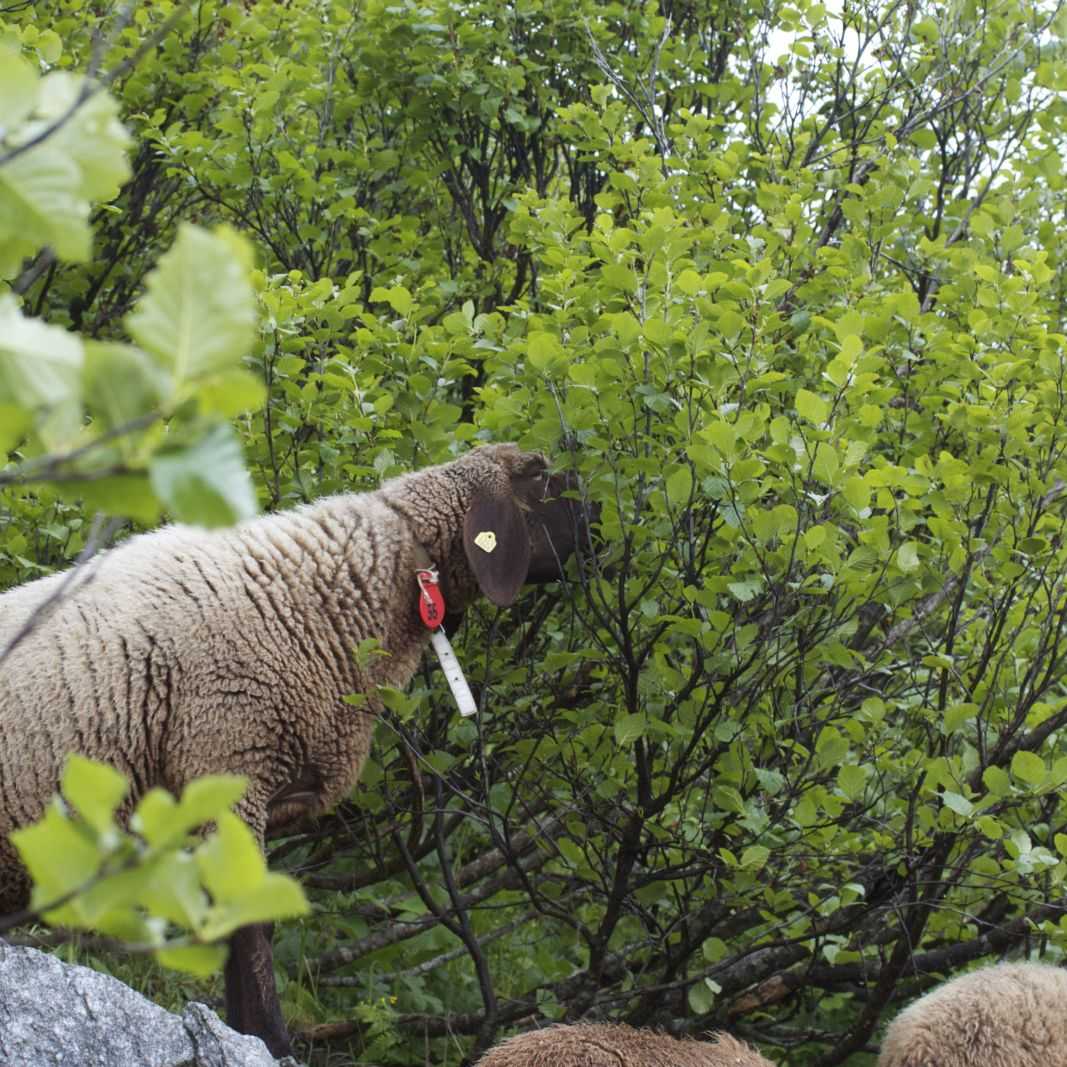EG4BM
Extensive Grazing on Subalpine Pastures: Integrating Biodiversity and the Production of Meat with Special Quality
Marginal subalpine pastures offer much to society including animal-source food of special quality, unique biodiversity, and recreational space with aesthetic value. This project aims to quantify effects of shrub cover on vegetation in subalpine pastures, investigating how extensive grazing of cattle, sheep, and goats on shrub-encroached pastures affects the composition of vegetation, growth, slaughter performance, and meat quality.
Organic agriculture aims at the production of food of special quality while conserving biodiversity and attractive rural landscapes. In sensitive mountain regions with the majority of farms being organic, extensive grazing of marginal sites is a key strategy to reconcile food production and biodiversity conservation. However, many of these sites are threatened by ongoing transitions in agriculture and the subsequent abandonment. Especially, it is unclear which degree of natural succession is ideal for conserving biodiversity at a particular site and how this affects the quality of the meat of extensively grazing animals. This project therefore aims to quantify effects of shrub cover on the vegetation of subalpine pastures in dependence of geologic, climatic and topographic conditions. Moreover, a grazing experiment is carried out to investigate how movement and feeding behaviour of different breeds of cattle and sheep respond to shrub cover and grazing management, and how this affects growth rate, carcass and meat quality. Herds of robust breeds especially adapted to organic farming and conventional breeds of cattle and sheep will graze at two sites with and without shrubs. They will be studied by state-of-the-art techniques of scientific research, namely high-frequency GPS tracking, behavioural sensors and physiological indicators. The interdisciplinary project will provide policy makers and authorities with long-sought advice on site-specific desirable degrees of shrub cover in subalpine pastures. Organic producers get sound information about grazing strategies to integrate biodiversity conservation and the production of high-quality meat. Moreover, the project will help to quantify the potential for a sustainable valorisation of underestimated forages resources for ruminants by producing organic meat with special nutritional quality in due consideration of environment and animal well-being.
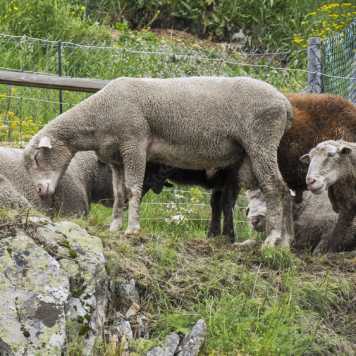
Publication in Animal Production Science (2023)
external page The effects of Alnus viridis encroachment in mountain pastures on the growth performance, carcass and meat quality of Dexter cattle and Engadine sheep by T. Zehnder et al.
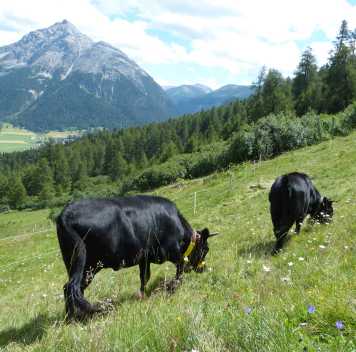
Publication in Alpine Botany (2020)
Download Dominant shrub species are a strong predictor of plant species diversity along subalpine pasture‑shrub transects (PDF, 3.4 MB) by T. Zender et al.
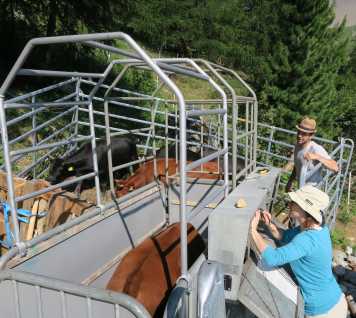
Publication in Grünland 2050: Beiträge zur 63. Jahrestagung der Arbeitsgemeinschaft für Grünland und Futterbau (AGGF) (2019)
external page Verbindung von Produktions- und Naturschutzzielen durch die extensive Beweidung von Grenzertragslagen by M.K. Schneider et al.
Presentation at World Food System Center Research Symposium 2017
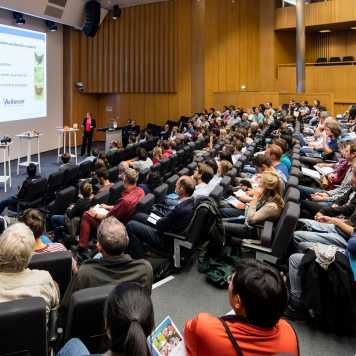
Integrating conservation goals and meat production on marginal lands by Tobias Zehnder
Poster Presentation at World Food System Center Research Symposium 2016
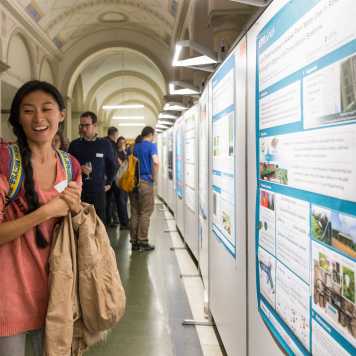
Valorising non-competing forage resources of marginal mountain pastures by T. Zehnder
Poster Presentation at World Food System Center Research Symposium 2016
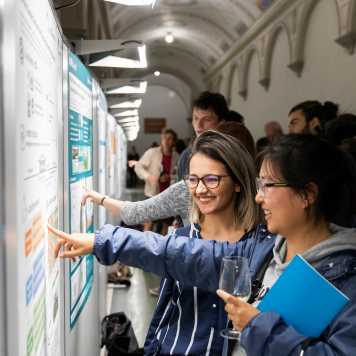
Effects of polyphenol rich diet on the hormonal profile of heifers by D. Chiumia et al.
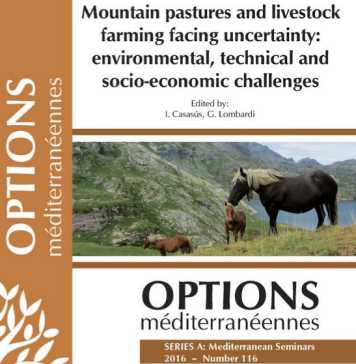
Oral Presentation at 19th Meeting of the FAO-CIHEAM Mountain Pastures sub-network (Zaragoza, Spain) 2016 + Publication in Options Méditerranéennes (2016)
external page Reconciling meat production and biodiversity conservation on marginal pastures by T. Zehnder et al.
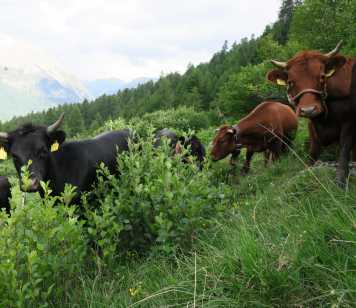
Feature in Bünder Bauer (2015)
Download Grenzertragslagen gezielt nutzen (PDF, 176 KB) by M. Schneider
